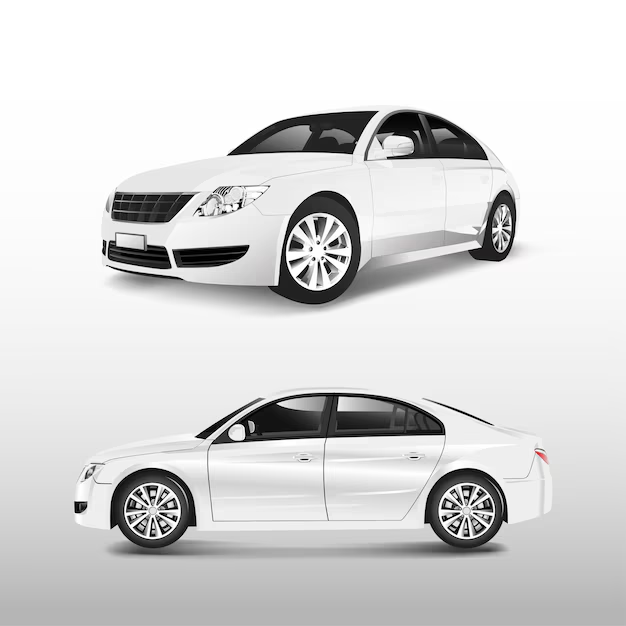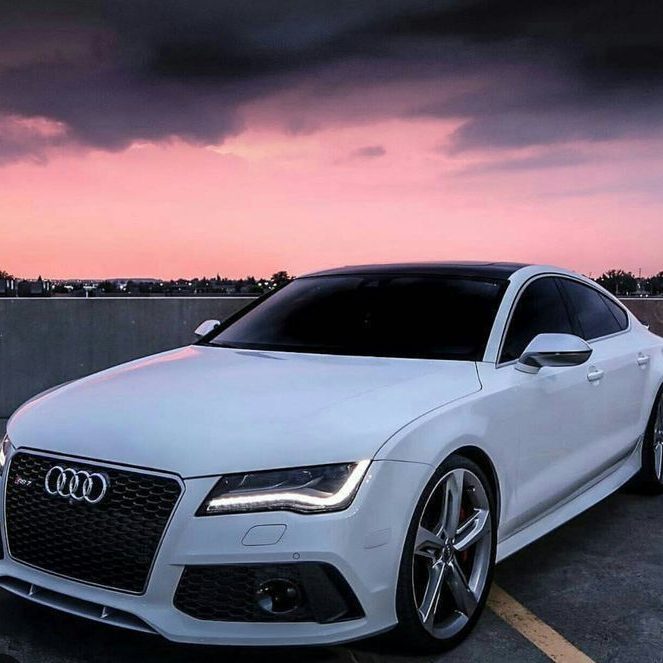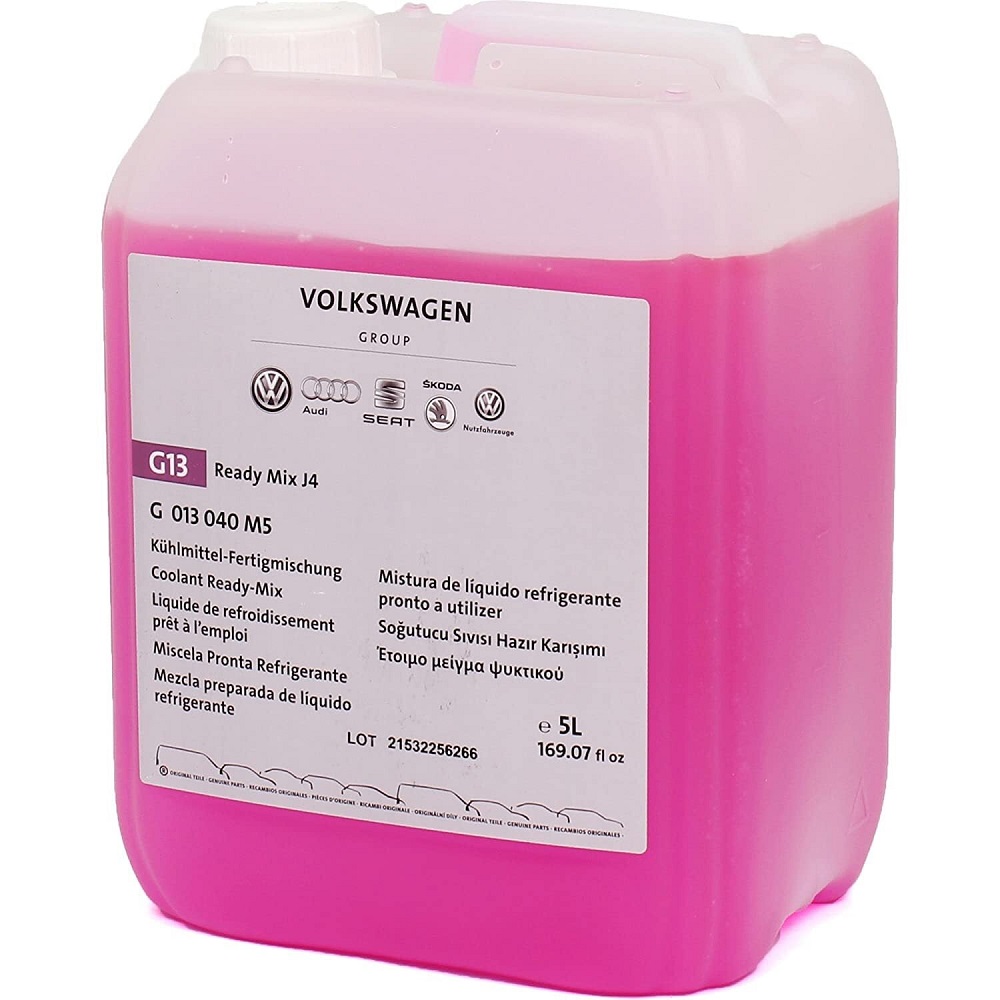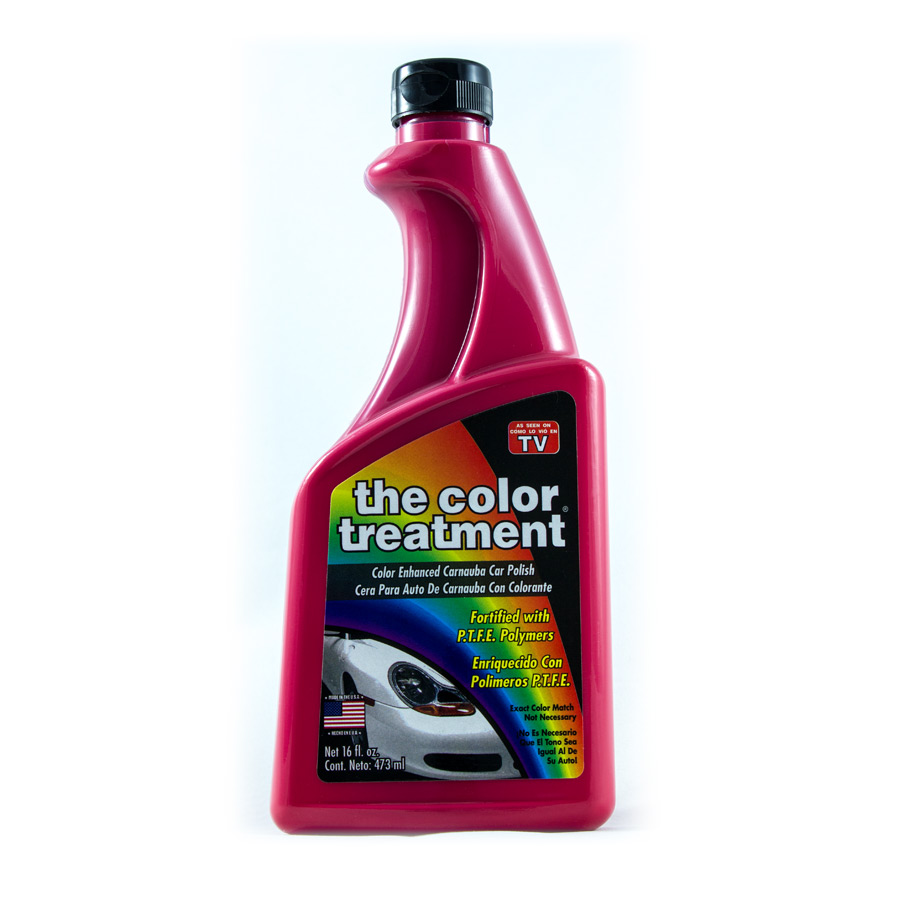Choosing the color of a new car is an important decision that can reflect your personal style and taste. Among the many options available, white stands out as a popular choice. This color is often associated with sophistication, cleanliness, and modernity. However, owning a white car comes with its own set of advantages and disadvantages. In this article, we will explore the pros and cons of owning a white vehicle, helping you decide if it’s the right choice for you.
The Popularity of White Cars
A Timeless Classic
White cars have been a staple in the automotive industry for decades. Their popularity stems from a combination of timeless elegance and versatility. The neutral color tends to complement any car style, from sporty coupes to luxurious sedans. Many drivers appreciate how white cars blend seamlessly into various environments, making them suitable for both urban and rural settings.
Market Trends
Recent market studies show that white is one of the most popular car colors worldwide. According to reports, around 30% of new cars sold are white. This trend can be attributed to several factors, including safety, resale value, and consumer preferences. Car manufacturers often produce more vehicles in white due to high demand, ensuring a wide selection for potential buyers.
Symbol of Cleanliness
Culturally, white is often associated with cleanliness and purity. This association can influence a buyer’s decision to choose a white car. Many people perceive white cars as more hygienic and easier to maintain in terms of appearance. For these reasons, white cars often convey a sense of sophistication and professionalism, making them appealing options for business professionals.

Pros of Owning a Car
Enhanced Safety
One significant advantage of owning a white car is enhanced visibility on the road. Studies indicate that white vehicles are less likely to be involved in accidents compared to darker-colored cars. The bright color stands out against various backgrounds, making it easier for other drivers to see it, especially in low-light conditions like dawn or dusk.
Heat Reflection
Another benefits of a white car is their ability to reflect heat and sunlight. During hot summer months, a white car can stay cooler compared to darker-colored vehicles. This thermal property can lead to a more comfortable driving experience since less energy is required to cool the interior using air conditioning. For those living in warmer climates, white cars can provide significant comfort benefits.
Resale Value
White cars tend to have a higher resale value than vehicles of other colors. This fact is particularly true for popular models. Potential buyers often prefer white due to its widespread appeal and perceived cleanliness. When it comes time to sell or trade in your white car, you might receive a better offer compared to a darker or more uncommon color.
Regular Availability
White cars are readily available at dealerships, often in various models and trims. Since this color is popular, manufacturers tend to produce a wide variety of vehicles in white. This availability can make it easier to find a specific make, model, and features you desire without having to order in a different color.

Cons of Owning a Car
Dirt and Maintenance
While white cars have many advantages, they also come with challenges. One of the most significant drawbacks is their tendency to show dirt and grime more easily than darker colors. Dust, mud, and road debris can quickly become noticeable on a white vehicle. Regular washing becomes necessary to maintain the car’s appearance, and neglecting this can lead to a dirty and unkempt look.
Scratches and Dents Visibility
Another concern with white cars is that scratches and dents can be more visible. While light scratches may not stand out as much on darker cars, they can easily show on a white surface. Similarly, small dents may be more noticeable due to the color contrast. This visibility can be disheartening for car owners who wish to keep their vehicles looking pristine.
Limited Customization Options
While white is a classic choice, it may not offer the excitement of more vibrant colors. For those looking to personalize their vehicles with unique paint jobs or graphics, white may feel too plain or basic. While custom decals or designs can be applied, the underlying color does affect the overall aesthetic impact. Owners who wish to stand out might find other colors more appealing.
Heat Reflection Drawbacks
While heat reflection can be a benefit, it also has a downside in certain situations. For instance, during colder months, white cars may take longer to warm up. The reflective property means that they do not absorb heat as well, which can affect the warming time of the interior. This can be a concern for those living in areas with harsh winters, as the initial coldness may be uncomfortable.

Other Considerations for Car Owners
Insurance Costs
Insurance costs for white cars may differ from those of other colors. Insurers sometimes consider the color of a car when determining premiums. Because white cars are often associated with higher resale values and perceived safety, they might receive more favorable insurance rates. However, this can vary across insurance providers, so it’s essential to shop around for the best policy.
Climate Suitability
The choice of color for your car may also depend on your local climate. In regions with heavy snowfall or frequent rain, a white car may show dirt more readily, requiring more frequent cleaning. Conversely, in sunnier areas, the benefits of heat reflection may outweigh the drawbacks of maintenance. Consider the climate where you live before making a decision.
Personal Preference
Ultimately, personal preference plays a crucial role in choosing a car color. Some individuals simply love the look of white cars and feel they reflect their personality. Others may prefer bolder colors for a more dynamic appearance. Ensure that your choice aligns with what you truly want in a vehicle, as this decision will impact your satisfaction down the road.
Style Compatibility
Certain car models and designs complement white better than others. For example, sleek sports cars may appear more striking in white, while larger SUVs might not have the same visual appeal. Assess your desired vehicle model and consider how the color aligns with its overall design. This alignment can influence your decision to choose a white car or explore alternate colors.

Tips for Maintaining a Car
Regular Washing
To keep a white car looking its best, regular washing is essential. Aim to wash your vehicle every two weeks or as needed, particularly if you frequently drive on unpaved or dirty roads. Solid car washes, whether a professional service or a self-serve option, help remove dirt and contaminants. Additionally, using a high-quality wax after washing can help protect the paint and enhance its shine.
Attention to Detailing
Detailing is crucial for maintaining a white car’s appearance. Periodically consider professional detailing services that specialize in cleaning and protecting automotive paint. This service can help preserve your car’s finish while addressing any built-up grime in hard-to-reach areas. Regular detailing can assist in keeping your white car looking new for longer.
Protecting Against Environmental Factors
Environmental factors can have an effect on the paint of any car, and white vehicles are no exception. UV rays from the sun can cause fading over time. Parking in shaded areas or using sunshades can help minimize exposure. Additionally, consider investing in a protective coating that can safeguard the paint from the elements, acid rain, and tree sap.
Monitor for Scratches and Dents
Since scratches and dents can be more visible on white cars, regularly inspect your vehicle for any signs of damage. Address these issues promptly to prevent further wear and tear. Minor scratches can often be polished out with the proper care, while deeper scratches may require touch-up paint. Regular maintenance and monitoring will help keep your car looking pristine.

Conclusion: The Choice of a White Car
In summary, owning a white car has its share of pros and cons. The safety benefits, heat reflection, and resale value are appealing attributes for many owners. However, the increased maintenance required to keep a white car clean and presentable can be a drawback. Regardless of its advantages, every driver must weigh their specific needs and preferences.
Making Informed Decisions
Before committing to a white car, consider your lifestyle and the environments you typically drive in. Evaluate factors such as climate, maintenance, and personal style preferences. This comprehensive evaluation will help you choose a vehicle that fits not just your needs, but also your aesthetic vision.
Embrace Your Style
Ultimately, your car’s color should be a reflection of your personality and lifestyle. Whether you embrace a white car’s timeless elegance or decide on a bolder hue, the choice is up to you. Make your decision with confidence, knowing you have weighed the pros and cons. Whatever you choose, ensure that it brings you joy and fits in with your life.
Ready to Hit the Road
If you decide that a white car is the right choice for you, get ready to enjoy all the benefits and stylish appeal it has to offer. White cars can turn heads and make a statement. Keep your choice well maintained, and enjoy the ride ahead!










